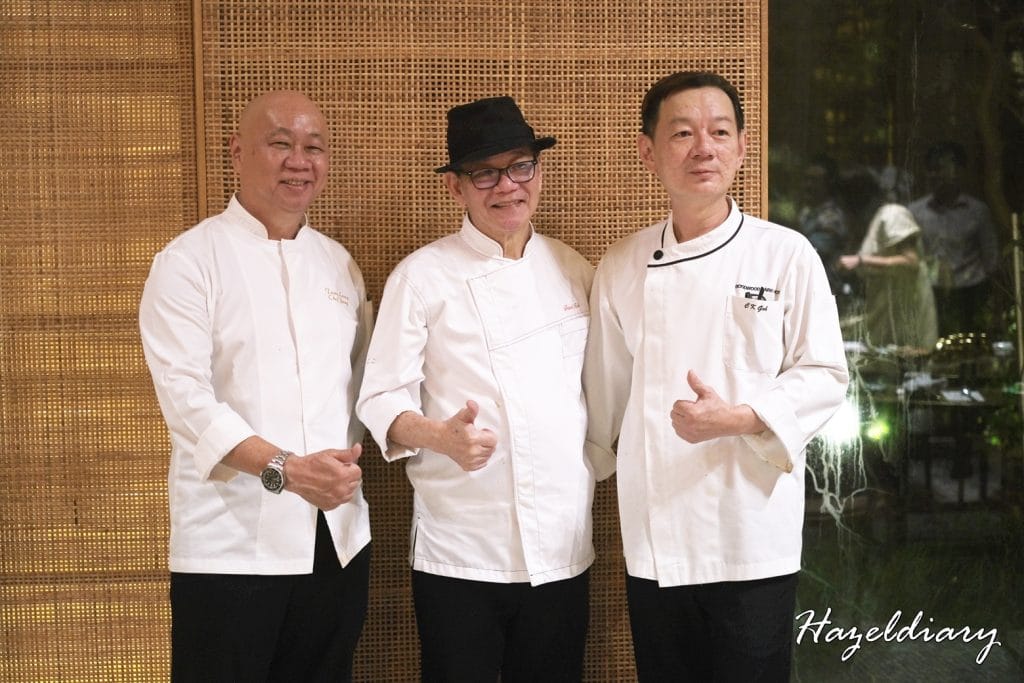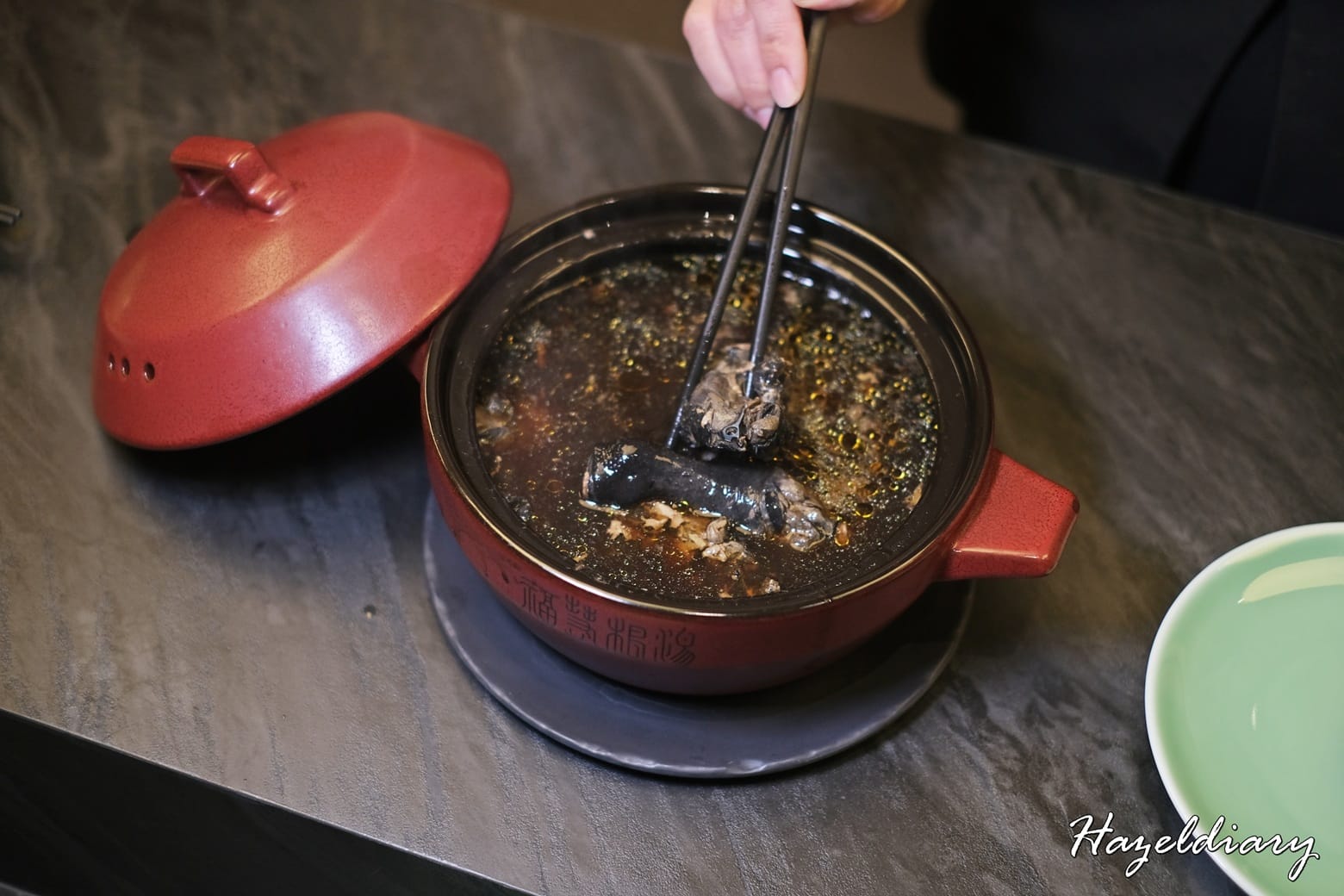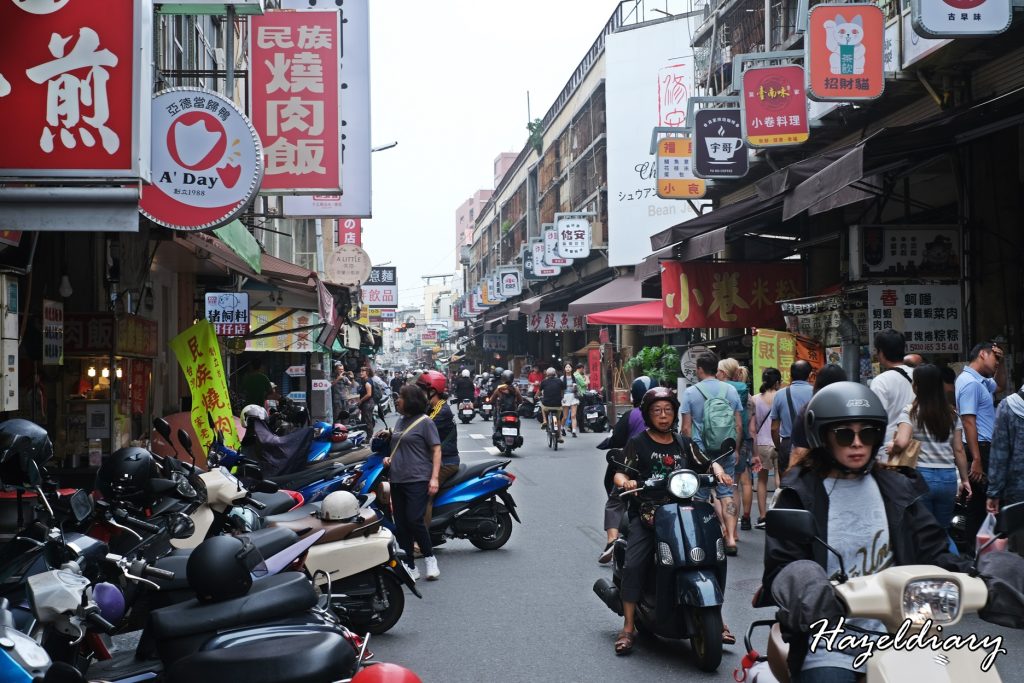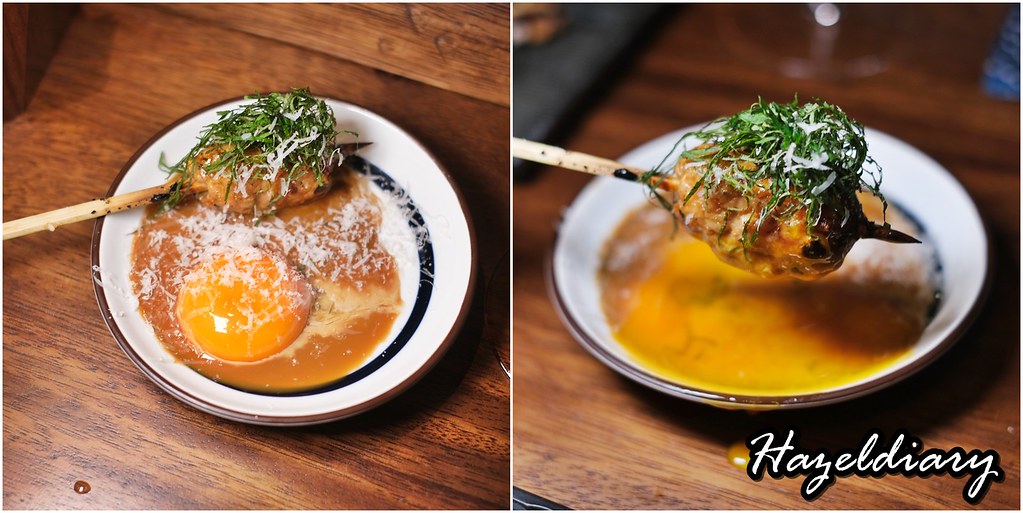Min Jiang at Dempsey celebrates its sixth anniversary with an extraordinary 18-course menu crafted by three esteemed chefs- Master Chef Goh Chee Kong, Celebrity Guest Chef Pung Lu Tin, and Chef Daniel Koh. Master Chef Goh, known for his Cantonese culinary expertise, has led Min Jiang at Dempsey since its inception, balancing tradition with innovation. Chef Pung, a stalwart of the Chinese culinary scene with nearly five decades of experience, is renowned for his creative interpretations of classic dishes. Chef Daniel, a pioneer of Modern Chinese cuisine in Singapore, fuses Eastern and Western techniques to create bold, contemporary flavors.
Read more: [SG EATS] A Min Jiang At Dempsey Six-Hands Anniversary Showcase -7 to 12 April 2025 | 18-course Gastronomic Journey
From 7 to 12 April 2025, guests can enjoy exclusive dine-in set menus. This includes a 5-course lunch S$126++ per person, 6-course dinner S$146++per person, and a special 7-course dinner on 12 April S$186++ per person, with an optional sake pairing at S$36++ per person.
We had the privilege of experiencing a sneak preview of the special 7-course dinner menu happening on 12 April 2025.

The meal began with the elegantly presented Foie Gras Terrine Monaka by Chef Daniel, a sophisticated fusion of French and Japanese influences. The rich, velvety foie gras terrine was encased in a crisp monaka wafer, complemented by refreshing citrus slices for a balanced start.

Next came the Min Jiang Appetiser Platter. A showcase of the chefs’ creativity. Chef Pung’s Pan-Seared Hokkaido Scallop with Pineapple Lime Sauce offered a delightful contrast of sweet and tangy flavors, while Chef Goh’s Typhoon Shelter Crab Claws were expertly executed, with a hint of honey adding a touch of sweetness to the fragrant, umami-packed dish. Double-boiled Morels, Agaricus mushrooms, abalone and dried scallops in whole mini pumpkin by Chef Pung Lu Tin

The culinary journey continued with Chef Pung Lu Tin’s Double-Boiled Morels, Agaricus Mushrooms, Abalone, and Dried Scallops served in a whole mini pumpkin. The nourishing dish was as visually appealing as it was comforting, with rich umami flavors enveloped in the soft texture of the pumpkin.

Chef Daniel Koh’s Yin Yang Fish Rolls showcased a stunning combination of Salmon, Sea Perch, and Tianjin Cabbage, offering a vibrant color contrast and a harmonious blend of fish flavours.

Chef Pung’s Baked Pork Rib with Hawthorn Sauce featured tender, juicy ribs complemented by a homemade hawthorn sauce and seasonal diced fruits, creating a delightful sweet note.

The Stewed Lobster in Superior Stock with Deep-Fried Glutinous Rice by Chef Goh Chee Kong was a comforting dish with lobster submerged in rich stock, paired with crispy, golden rice in a ball shaped.

The meal concluded on a sweet note with Chef Goh’s Deep-Fried Yam Pastry with Custard and Pistachio Gelato. A delectable dessert pairing the creamy custard with the crispy yam pastry and the refreshing pistachio gelato.
Addresss: Min Jiang
7A & 7B Dempsey Rd,
Singapore 249684
Opening Hours: Monday to Sunday
Lunch & Dim Sum: 11:30AM – 2:30PM
Dinner: 6:30PM – 10:30PM
Website: https://www.goodwoodparkhotel.com/dining/min-jiang-dempse
Follow me on Facebook / Instagram / Tiktok / Youtube for insta updates
![[SG EATS] A Min Jiang At Dempsey Six-Hands Anniversary Showcase -7 to 12 April 2025 | 18-course Gastronomic Journey [SG EATS] A Min Jiang At Dempsey Six-Hands Anniversary Showcase -7 to 12 April 2025 | 18-course Gastronomic Journey](https://hazeldiary.com/wp-content/uploads/2025/03/Min-Jiang-At-Dempsey-Six-Hands-Anniversary-Showcase.jpg)
![[SG EATS] Sugarra at Hotel Michael, Resorts World Sentosa – Spanish Fine Dining by Chef Aitor [SG EATS] Sugarra at Hotel Michael, Resorts World Sentosa – Spanish Fine Dining by Chef Aitor](https://hazeldiary.com/wp-content/uploads/2025/03/Sugarra-At-Hotel-Michael-Remolacha.jpg)













![[SG EATS] Nómada at Keong Saik Road – A Contemporary Spanish Restaurant by Ex-Binomio Chef [SG EATS] Nómada at Keong Saik Road – A Contemporary Spanish Restaurant by Ex-Binomio Chef](https://hazeldiary.com/wp-content/uploads/2025/03/Nomada-Iberico-Pluma-Rice.jpg)




















![[SG EATS] Tomatillo Mexican Food & Bar Opens at Esplanade Singapore – A Taste of Mexico by the Bay [SG EATS] Tomatillo Mexican Food & Bar Opens at Esplanade Singapore – A Taste of Mexico by the Bay](https://hazeldiary.com/wp-content/uploads/2025/02/Tomatillo-Mexican-Food-Bar-Esplanade.jpeg)








![[TAIWAN EATS] A Food Guide to Tainan’s Guohua Street (国华街) [TAIWAN EATS] A Food Guide to Tainan’s Guohua Street (国华街)](https://hazeldiary.com/wp-content/uploads/2025/02/Tainan-Guohua-Street-Taiwan.jpg)
















![[SG EATS] Yakitori One 鳥萬 At Suntec City – Beijing’s Popular Yakitori Specialist in Singapore [SG EATS] Yakitori One 鳥萬 At Suntec City – Beijing’s Popular Yakitori Specialist in Singapore](https://hazeldiary.com/wp-content/uploads/2025/02/Yakitori-One-Suntec-City.jpg)















![[SG EATS] Chen’s Kitchen at Paragon Singapore – Michelin Chef Chen Kentaro’s Family-Style Szechwan Dining [SG EATS] Chen’s Kitchen at Paragon Singapore – Michelin Chef Chen Kentaro’s Family-Style Szechwan Dining](https://hazeldiary.com/wp-content/uploads/2025/02/Chens-Mapo-Tofu.jpg)








